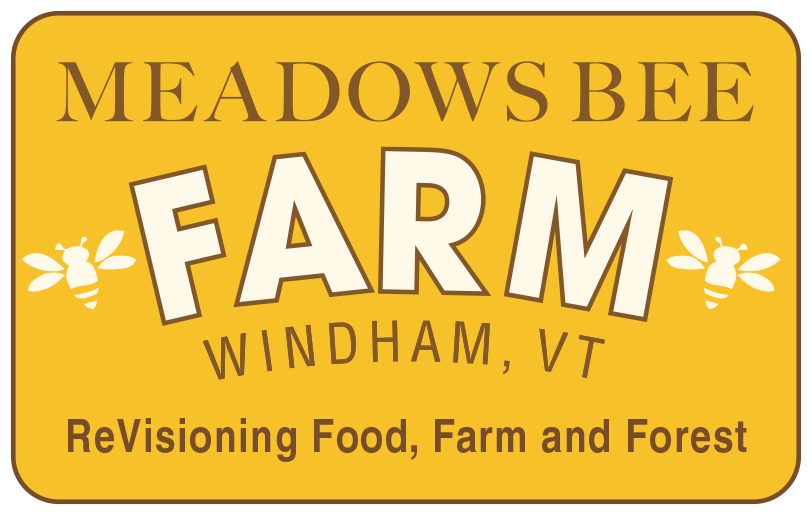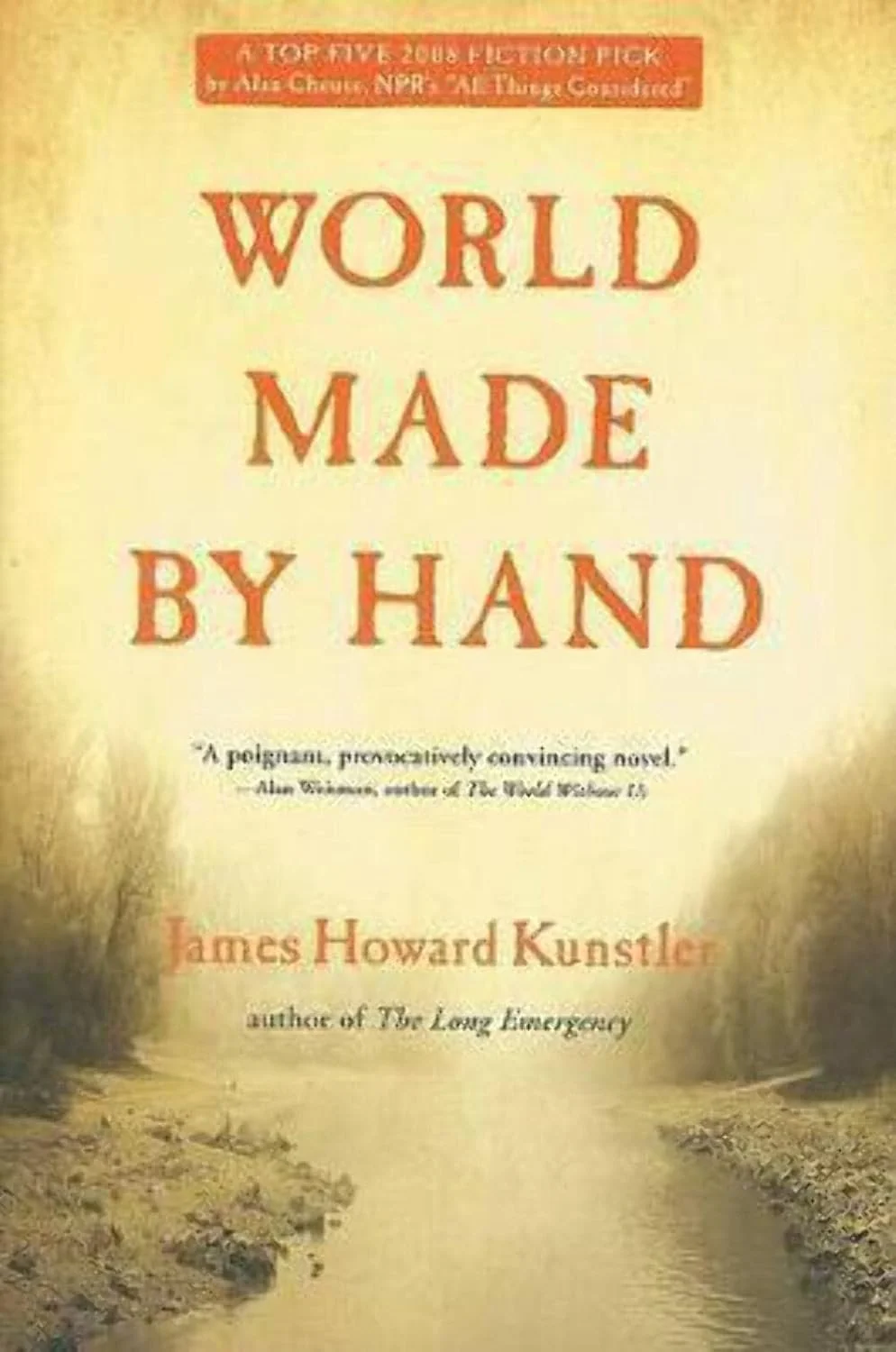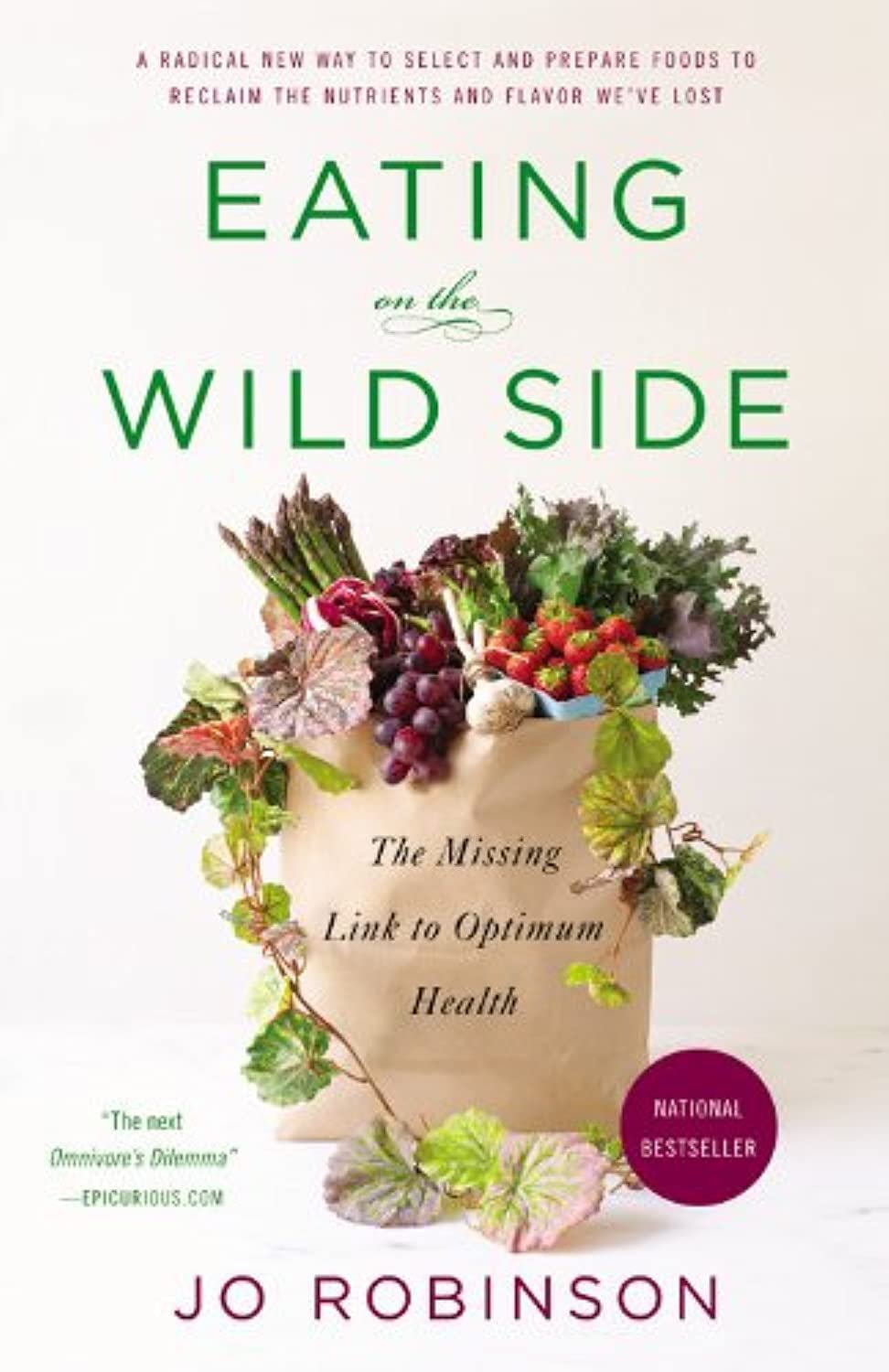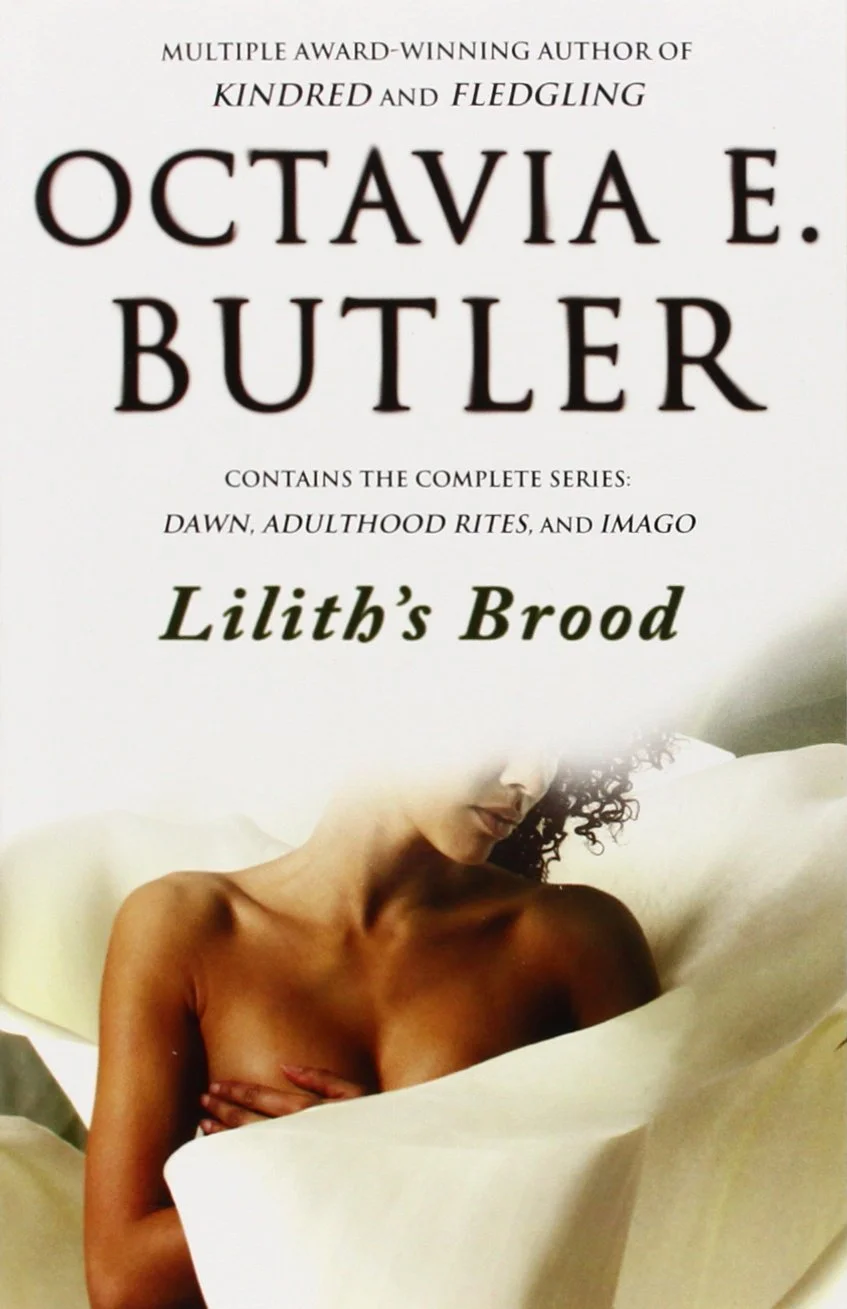The Man Who Planted Trees
by Jean Giono
December 2018
Twenty years ago Chelsea Green published the first trade edition of The Man Who Planted Trees, a timeless eco-fable about what one person can do to restore the earth. The hero of the story, Elzéard Bouffier, spent his life planting one hundred acorns a day in a desolate, barren section of Provence in the south of France. The result was a total transformation of the landscape-from one devoid of life, with miserable, contentious inhabitants, to one filled with the scent of flowers, the songs of birds, and fresh, flowing water.
Where Our Food Comes From: Retracing Nikolay Vavilovs Quest to End Famine
by Gary Paul Nabhan
November 2018
The future of our food depends on tiny seeds in orchards and fields the world over. In 1943, one of the first to recognize this fact, the great botanist Nikolay Vavilov, lay dying of starvation in a Soviet prison. But in the years before Stalin jailed him as a scapegoat for the country’s famines, Vavilov had traveled over five continents, collecting hundreds of thousands of seeds in an effort to outline the ancient centers of agricultural diversity and guard against widespread hunger. Now, another remarkable scientist—and vivid storyteller—has retraced his footsteps.
World Made By Hand: A Novel
by James Howrd Kuntsler
October 2018
For the townspeople of Union Grove, New York, the future is nothing like they thought it would be. Transportation is slow and dangerous, so food is grown locally at great expense of time and energy, and the outside world is largely unknown. There may be a president, and he may be in Minneapolis now, but people aren’t sure. Their challenges play out in a dazzling, fully realized world of abandoned highways and empty houses, horses working the fields and rivers, no longer polluted, and replenished with fish. With the cost of oil skyrocketing—and with it the price of food—Kunstler’s extraordinary book, is more relevant than ever.
Braiding Sweetgrass: Indigenous Wisdom, Scientific Knowledge and the Teachings of Plants
by Robin Wall Kimmerer
September 2018
As a botanist, Robin Wall Kimmerer has been trained to ask questions of nature with the tools of science. As a member of the Citizen Potawatomi Nation, she embraces the notion that plants and animals are our oldest teachers. In Braiding Sweetgrass, Kimmerer brings these two lenses of knowledge together to take us on “a journey that is every bit as mythic as it is scientific, as sacred as it is historical, as clever as it is wise” (Elizabeth Gilbert).
Drawing on her life as an indigenous scientist, and as a woman, Kimmerer shows how other living beings―asters and goldenrod, strawberries and squash, salamanders, algae, and sweetgrass―offer us gifts and lessons, even if we've forgotten how to hear their voices. In reflections that range from the creation of Turtle Island to the forces that threaten its flourishing today, she circles toward a central argument: that the awakening of ecological consciousness requires the acknowledgment and celebration of our reciprocal relationship with the rest of the living world. For only when we can hear the languages of other beings will we be capable of understanding the generosity of the earth, and learn to give our own gifts in return.
Eating on the Wild Side: The Missing Link to Optimum Health.
by Jo Robinson
July 2018
Eating on the Wild Side reveals the solution -- choosing modern varieties that approach the nutritional content of wild plants but that also please the modern palate. Jo Robinson explains that many of these newly identified varieties can be found in supermarkets and farmer's market, and introduces simple, scientifically proven methods of preparation that enhance their flavor and nutrition. Based on years of scientific research and filled with food history and practical advice, Eating on the Wild Side will forever change the way we think about food.
Upstream: Selected Essays
by Mary Oliver
June 2018
Upstream follows Oliver as she contemplates the pleasure of artistic labor, her boundless curiosity for the flora and fauna that surround her, and the responsibility she has inherited from Shelley, Wordsworth, Emerson, Poe, and Frost, the great thinkers and writers of the past, to live thoughtfully, intelligently, and to observe with passion. Throughout this collection, Oliver positions not just herself upstream but us as well as she encourages us all to keep moving, to lose ourselves in the awe of the unknown, and to give power and time to the creative and whimsical urges that live within us.
Liliths Brood
by Octavia E Butler
May 2018
Lilith Iyapo is in the Andes, mourning the death of her family, when war destroys Earth. Centuries later, she is resurrected -- by miraculously powerful unearthly beings, the Oankali. Driven by an irresistible need to heal others, the Oankali are rescuing our dying planet by merging genetically with mankind. But Lilith and all humanity must now share the world with uncanny, unimaginably alien creatures: their own children.
Permaculture: A Designers Manual
by Bill Mollison
April, 2018
Permaculture (permanent agriculture) is the conscious design and maintenance of agriculturally productive ecosystems which have the diversity, stability, and resilience of natural ecosystems. It is the harmonious integration of landscape and people providing their food, energy, shelter, and other material and non-material needs in a sustainable way. Without permanent agriculture there is no possibility of a stable social order. Permaculture design is a system of assembling conceptual, material, and strategic components in a pattern which functions to benefit life in all its forms. The philosophy behind permaculture is one of working with, rather than against, nature; of protracted and thoughtful observation rather than protracted and thoughtless action; of looking at systems in all their functions rather than asking only one yield of them; and of allowing systems to demonstrate their own evolutions.
Enlivened Rock Powders
by Harvey Lisle
March, 2018
The practical side of using rockdusts as fertilizers, compost enrichers, and plant growth enhancers is discussed in this exciting book from Acres U.S.A. Beginning with an explanation of the spiritual, cosmic side of rocks and drawing from his extensive knowledge of biodynamic techniques and dowsing, Lisle explains how to utilize these materials in agriculture. Peppered with in-depth quotations from other writings on the forces within rocks, this is destined to be the definitive work on the subject.









